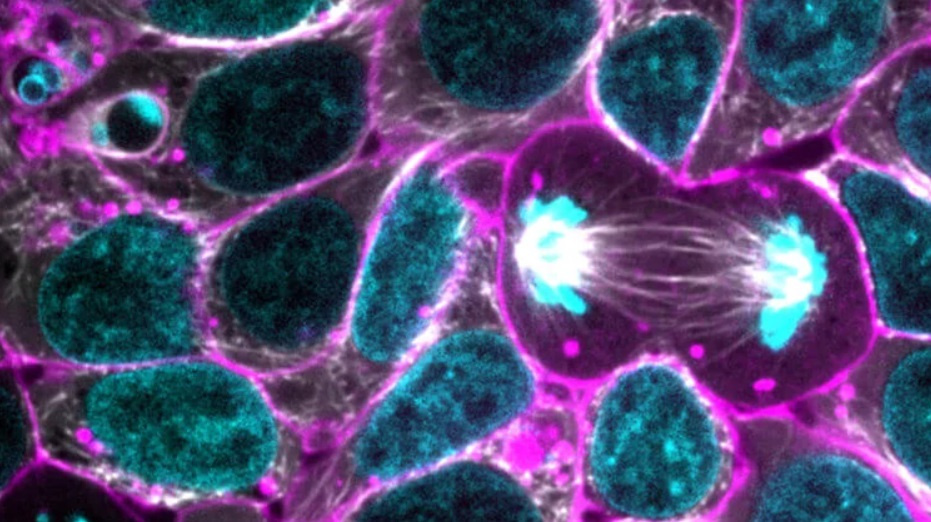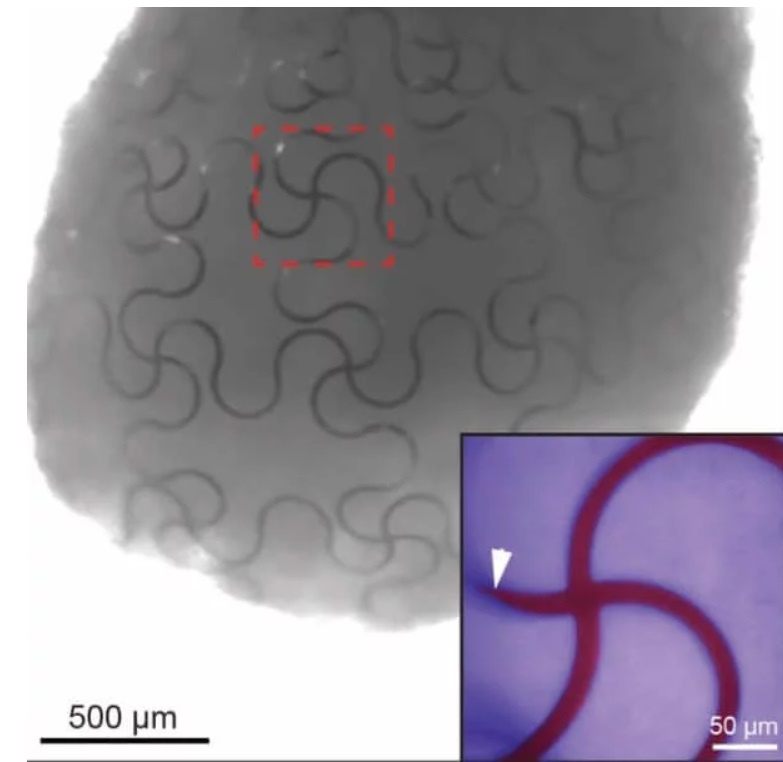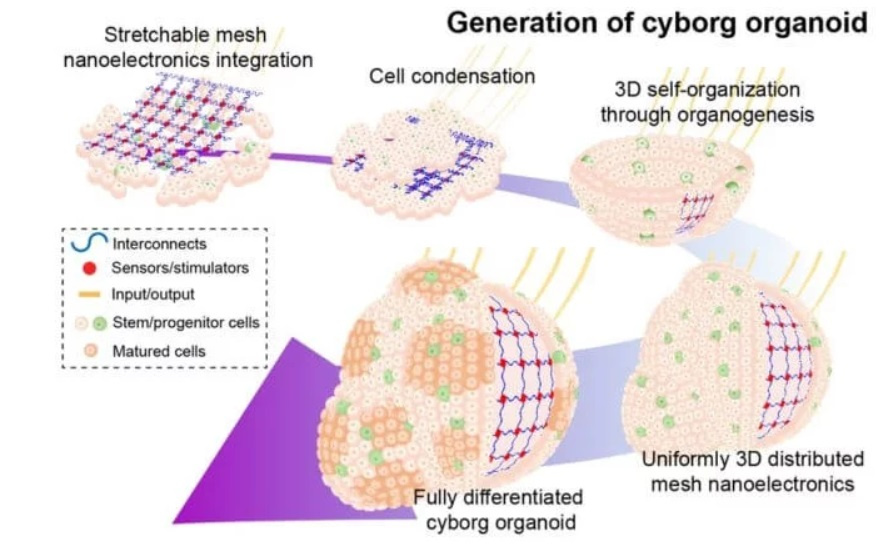Over the past few years, scientists have created so many artificial organs that one could assemble an entire artificial organism from them. This, of course, is a joke, and artificial organs are being developed for completely different purposes. In particular, in order to better study their work and interaction with various substances. But if it is more or less clear with “whole” organs, then monitoring the work of individual cells is not so simple. This is largely due to the fact that the sensors are quite difficult to place inside the cells without damaging them. However, Harvard scientists figured out how to get around this limitation: grow cells that already have electronic components in them.

Why grow cyborg cells?
First of all, this is necessary in order to better learn about the development of various diseases, how they affect the organs and how to defeat them. Moreover, this approach will help to test drugs much better, finding out more about their effects on the cellular and subcellular levels.
Do not think that this has never occurred to anyone before. Such attempts have been made before. The miniature, so to speak, versions of the organs were already recreated in all details, only all the sensors that made it possible to study the interaction of the organ with the external environment were attached, so to speak, “outside”, without penetrating into the cells. But researchers at Harvard School have found a way to integrate sensors from the very process of cell nucleation so that when the cells are formed, all the necessary "equipment" is already "installed."

How to create cells with electronics inside
The process of creating this kind of cells actually looks much easier than it might seem at first glance. For their project, scientists took flexible nanoelectronic sensors (but reduced), made in the form of an expandable grid. Such sensors are commonly used to create wearable electronics. Further, several layers of stem cells were applied to these sensors. After that ... all that was left was to wait (it is quite possible that the scientists passed the time reading interesting news from the world of high technologies).
Cells during the division gradually grew around the sensors and formed tissues. Over time, cells turned into three-dimensional organoid structures, inside of which there were electronic networks. The end result was cyber bodies - organs with fully integrated sensors.
“I think that if we can develop nanoelectronics that is so flexible, extensible and soft that it can change with the developing tissue, the built-in sensors will be able to measure all the activity of the development process,” says Jia Liu, lead author of the study. The end result of our work is a piece of fabric with a nanoscale device, fully integrated and functional.

In their tests, researchers were able to force stem cells to mutate into cardiomyocytes (cardiac tissue cells), and then use the built-in sensors to monitor and record cell activity for 90 days.
Artificial can be very useful when conducting various studies. However, it is worth remembering that they do not 100% copy these organs. Therefore, it is too early to dream of artificial organs with built-in sensors that could be transplanted to people.
A source